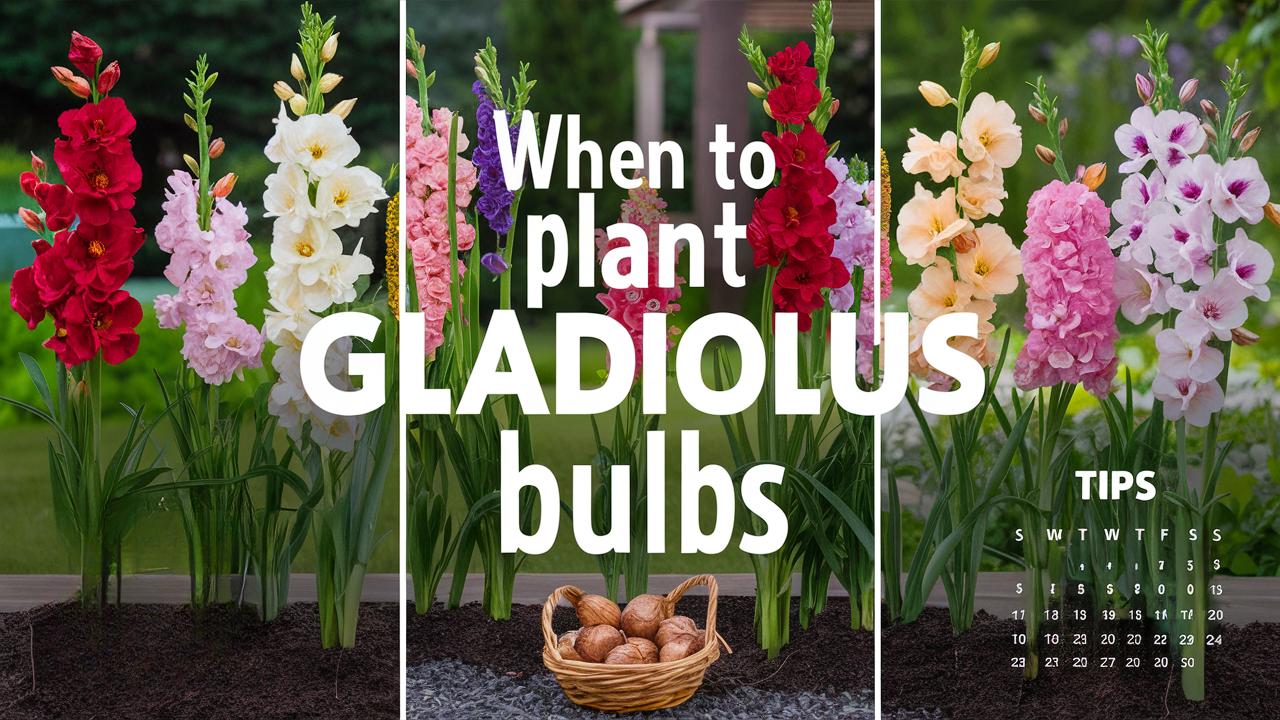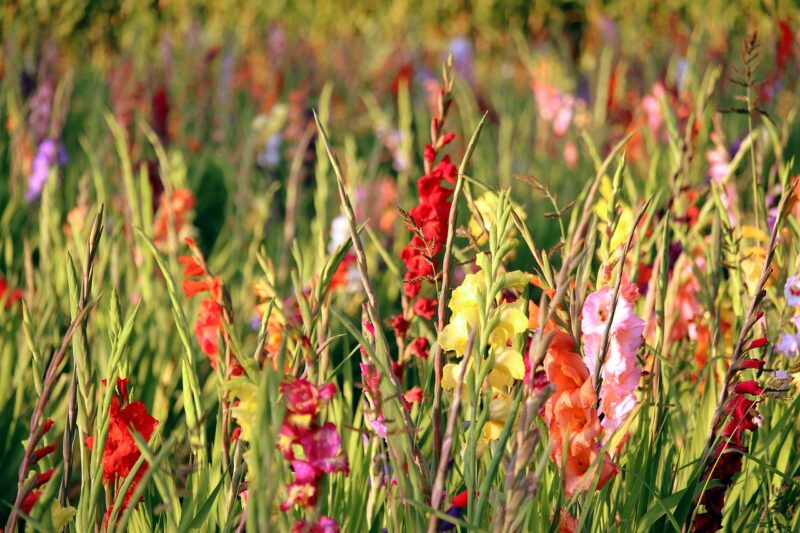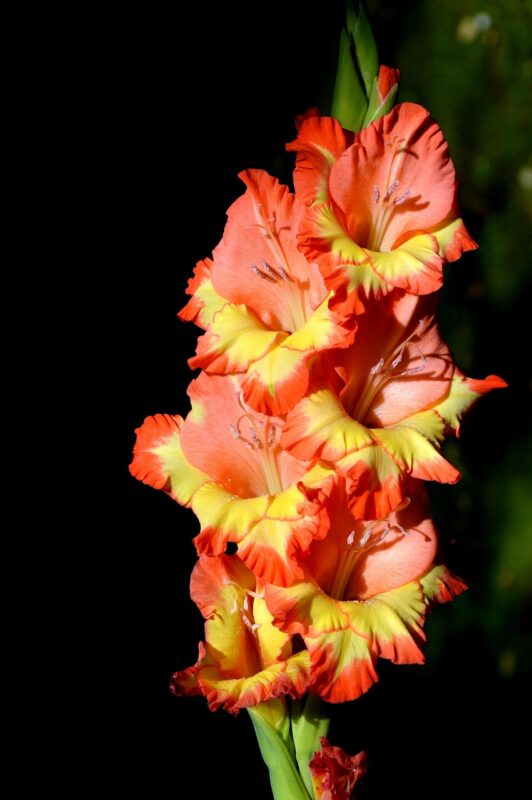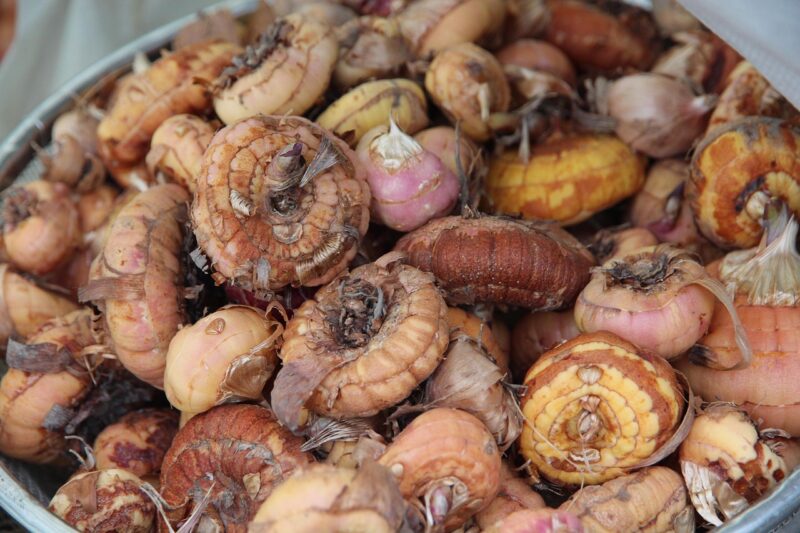In this guide, we will explore the optimal timing for planting gladiolus bulbs, considering various factors such as climate, type of gladiolus, and practical gardening tips to ensure a glorious display of flowers.
Understanding Gladiolus: The Basics
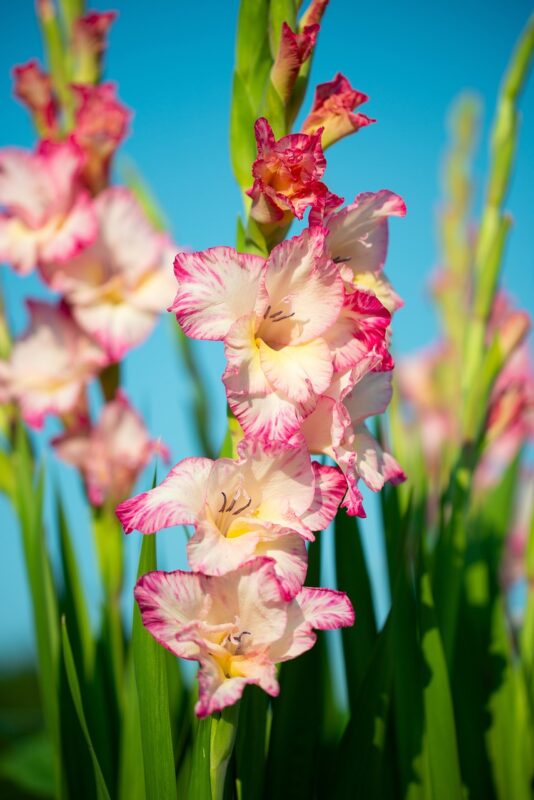
Before diving into when to plant gladiolus bulbs, it’s essential to familiarize yourself with this beautiful specimen. Gladiolus belongs to the family Iridaceae and is known for its sword-shaped leaves and flowering spikes that can reach heights of 2 to 4 feet. Gladiolus flowers bloom from late spring to early autumn and come in a spectrum of colors, making them a favorite among gardeners and florists alike.
While gladiolus can be grown in various climates, most thrive in USDA hardiness zones 7-10. In colder areas, they are often treated as annuals, while in warmer climates, they can be a delightful perennial addition to your garden.
The Right Timing: General Guidelines
The best time to plant gladiolus bulbs is largely determined by your local climate and the specific variety of gladiolus. Generally, gladiolus bulbs are planted in the spring after the last frost date. This timing is crucial because these tender bulbs do not fare well in cold soil. Most gardeners agree that planting should occur when soil temperatures reach around 60°F (15°C).
To determine the exact timing for your planting, you’ll want to follow a few guidelines:
Know Your Last Frost Date: The last frost date for your area typically falls between early April and late May. It’s important to consult a local gardening calendar or a gardening app specific to your region to identify the right date accurately.
Monitor Soil Temperature: Using a soil thermometer can help you gauge when your soil is warm enough for planting. Gladiolus thrives best in well-draining, warm soil.
Follow Planting Guidelines Based on Zones: Gardeners in warmer climates, particularly Zones 8-10, can plant as early as late March. In contrast, those in cooler regions may wait until mid to late May.
Regional Considerations for Planting
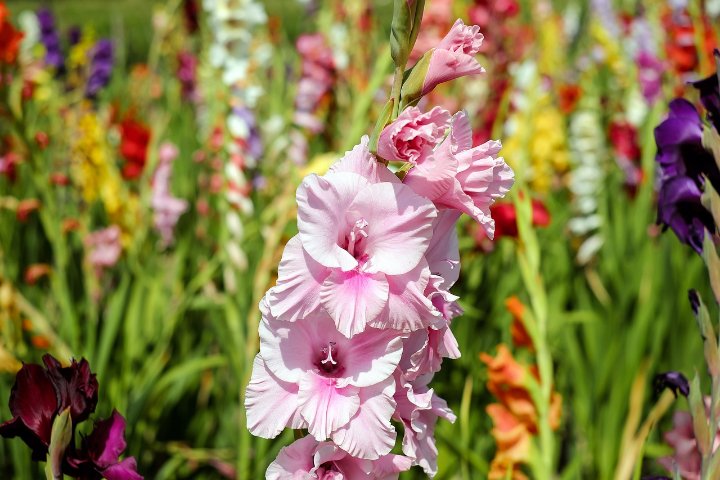
Understanding the regional climate differences can help you narrow down the best time to plant your gladiolus bulbs. Below, we cover various planting considerations depending on where you live.
1. Northern Regions
In regions with cold winters and late springs, such as the northern United States and parts of Canada, it is crucial to wait until the danger of frost has passed. Generally, aim to plant gladiolus bulbs in late May to early June when the soil warms sufficiently.
2. Central Regions
For central regions, with a moderate climate, you can start thinking about planting gladiolus in mid to late April. Monitoring the local weather forecasts can help ensure a successful planting without the threat of frost.
3. Southern Regions
If you’re in the southern U.S. or other warmer regions, it’s wise to plant your gladiolus bulbs as early as March. Gladiolus in these areas can flourish with an early start, allowing for an extended flowering season.
4. Coastal Areas
Coastal climates can present unique challenges and advantages. The soil tends to warm slowly, but the humidity levels often help promote healthy growth. A good rule of thumb is to track the local temperatures closely, typically planting bulbs around mid to late May.
Choosing the Right Gladiolus Variety
Not all gladiolus bulbs are created equal. There are numerous varieties available, each with its own blooming period and requirements. Here are some popular varieties and their specific planting recommendations:
1. Giant Flowering Gladiolus
These impressive specimens can reach heights of up to 4 feet and produce large blossoms. They should typically be planted around the same time as standard gladiolus, ensuring that you allow ample time for blooming before the summer heats up.
2. Miniature Gladiolus
These smaller varieties can bloom earlier in the growing season. That said, they should still be planted in alignment with regional frost dates and soil temperature considerations.
3. Tropical Gladiolus
These varieties often prefer warmer conditions, making them great candidates for planting earlier in southern zones. Consider planting them soon after the last frost, as they thrive in warmth.
4. Blooming Varieties
If you are particularly interested in staggered blooming, consider choosing various types of gladiolus bulb colors and sizes. Planting early-blooming varieties alongside later bloomers can keep your garden alive with a floral show throughout the summer.
Preparing Your Soil: The Ideal Conditions for Gladiolus
Once you’ve determined when to plant gladiolus bulbs, it’s essential to prepare the soil appropriately. Gladiolus thrive best in fertile, well-drained soil with a pH level of 6.0-7.0. Here’s how to prepare your garden for optimal growth:
1. Soil Test
Conducting a soil test can provide vital information about pH and nutrient levels. Depending on what the test reveals, you might need to amend the soil with lime or sulfur to balance the pH or add organic matter to enhance fertility.
2. Work Your Soil
Loosen the soil to a depth of at least 12 inches. Gladiolus roots grow deep and will appreciate the chance to establish themselves in nutrient-rich soil. Utilize a garden fork or tiller to aerate the soil effectively.
3. Amendments
Incorporate organic matter, such as compost or well-rotted manure, to help provide the necessary nutrients as the plants grow. This can improve soil texture and drainage, which is crucial for bulb health.
4. Drainage Considerations
If your garden tends to retain water, consider creating raised beds or mixing in sand to promote better drainage. Gladiolus do not thrive in soggy conditions, so ensuring that excess water can escape will keep your bulbs healthy.
Planting Your Gladiolus Bulbs: Step-by-Step
Having prepared the soil and determined the proper timing, it’s now time to plant your gladiolus bulbs. Follow these steps for a successful planting experience:
1. Choose Your Bulbs
Select healthy and firm gladiolus bulbs. Avoid any that are soft, moldy, or shriveled, as these may indicate disease or poor viability.
2. Spacing
Plan for adequate spacing, as gladiolus can grow tall and need room for airflow. The ideal distance between bulbs is usually about 4-6 inches apart, allowing their stems to have room to stretch.
3. Depth
Dig holes two to four inches deep, depending on the size of the bulbs. Larger bulbs may require slightly deeper planting, whereas smaller ones can be placed shallower.
4. Orientation
Make sure to plant each bulb with the pointed end facing up, as this will encourage the shoots to emerge correctly.
5. Watering Post-Planting
Once planted, water the bulbs gently but thoroughly, ensuring that water penetrates the soil to the root zone. This immediate watering helps to settle the soil around the bulbs and encourages germination.
6. Mulching
Consider applying a layer of organic mulch over the planting area to conserve moisture, suppress weeds, and regulate soil temperature. Mulch can help protect new bulbs from drastic temperature changes as well.
Caring for Your Gladiolus: Post-Planting Practices
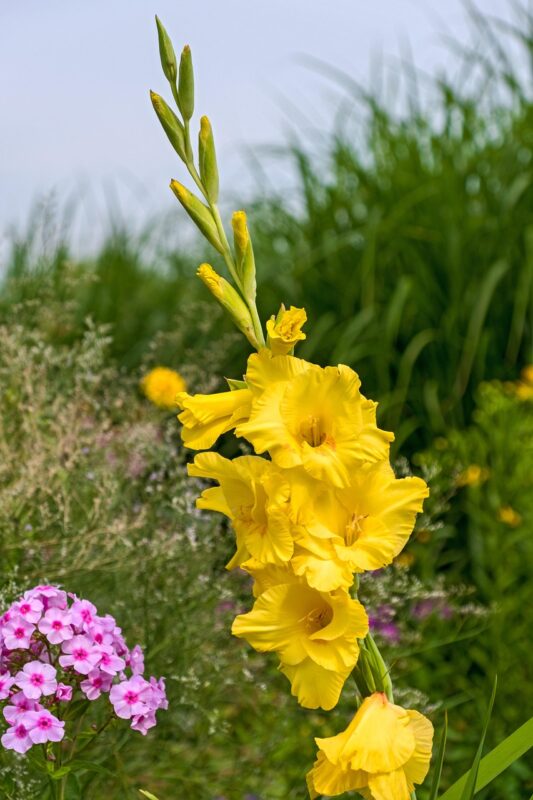
After you’ve planted your gladiolus bulbs, attention to care will ultimately determine their success. Here are essential maintenance tips:
1. Watering Schedule
Establish a consistent watering routine. Gladiolus bulbs prefer moist soil but can suffer from rot if overwatered. Aim for about an inch of water per week, adjusting based on rainfall.
2. Fertilizing
As your gladiolus begins to sprout, you can start applying a balanced, slow-release fertilizer. This will provide the nutrients necessary for strong growth and abundant flowers. Be cautious not to over-fertilize, as this can lead to excessive foliage growth at the expense of blooms.
3. Staking for Support
As the gladiolus plants grow, they may require staking for support, particularly the taller varieties. Use garden stakes or ties to prevent the stems from flopping over, especially during windy weather.
4. Pest and Disease Management
Keep an eye on your plants for signs of pests, such as aphids or thrips. Integrated pest management strategies, including the introduction of beneficial insects, can be quite effective. Bolster their health by ensuring good airflow around the plants.
5. Deadheading
As flowers wilt, remove them to encourage new blooms and prevent energy diversion from the remaining healthy flower spikes.
When to Dig Up Gladiolus Bulbs
One unique aspect of gladiolus is that many gardeners choose to lift the bulbs in the fall, especially in areas where frost occurs. If you live in a colder region, plan to dig up your gladiolus bulbs after the first frost when the foliage begins to yellow.
1. Timing
Typically, this is done in late summer to early fall for northern zones, or late fall for warmer areas. This timing can help preserve the bulbs through winter.
2. Storage
After lifting the bulbs, shake off the excess soil and let them dry completely. Store the bulbs in a cool, dry place in paper bags or mesh containers, taking care to keep them away from moisture and light.
3. Replanting
If you are replanting for the next season, inspect the bulbs for any signs of rot or disease before putting them back into the ground.
Conclusion: A Floral Display Awaits
In conclusion, knowing when to plant gladiolus bulbs and how to care for them is a rewarding journey that can lead to a stunning garden display. The timing based on frost dates, soil temperature, and regional climate plays a significant role in the success of your close relationship with these flowers. Whether considered as annuals in cooler regions or cherished perennials in warmer climates, the availability of gladiolus flowers in colors beyond imagination enhances the beauty of gardens everywhere.


